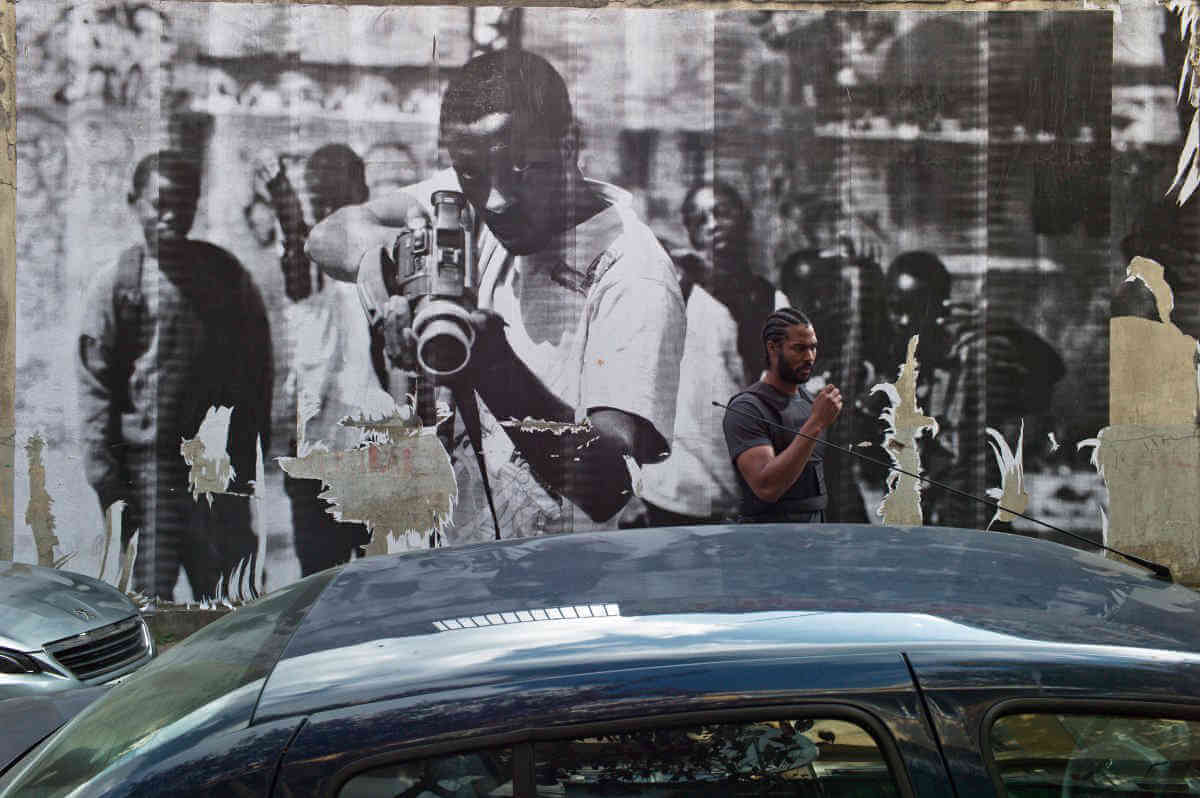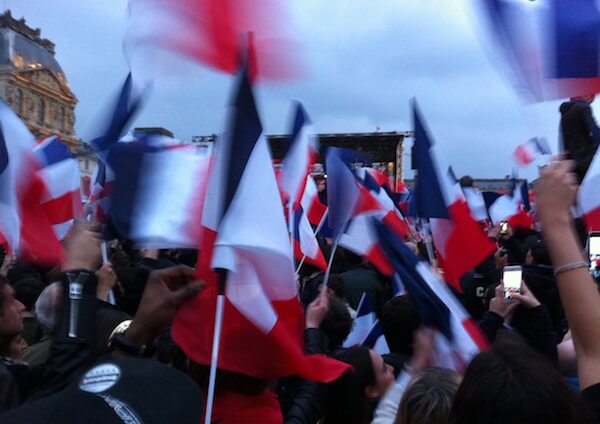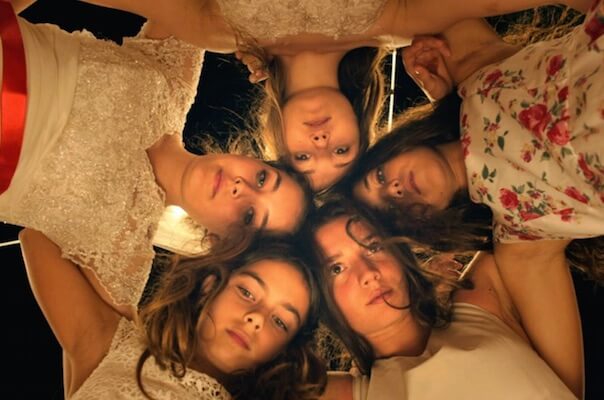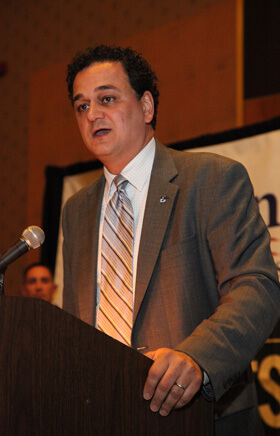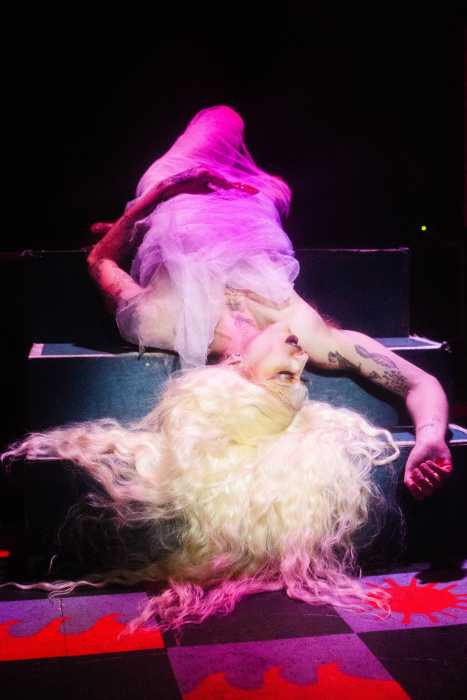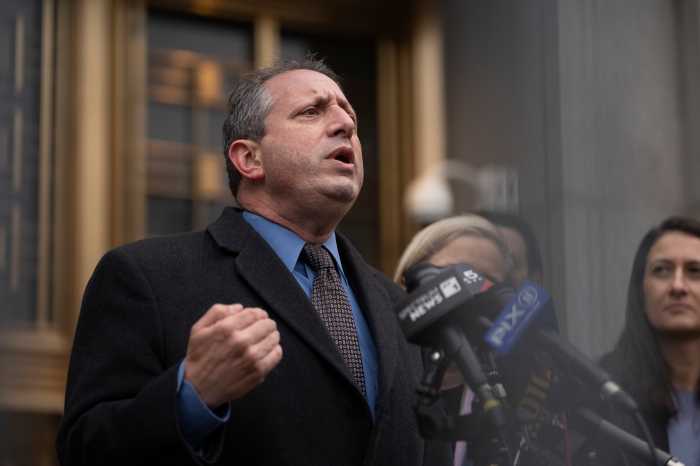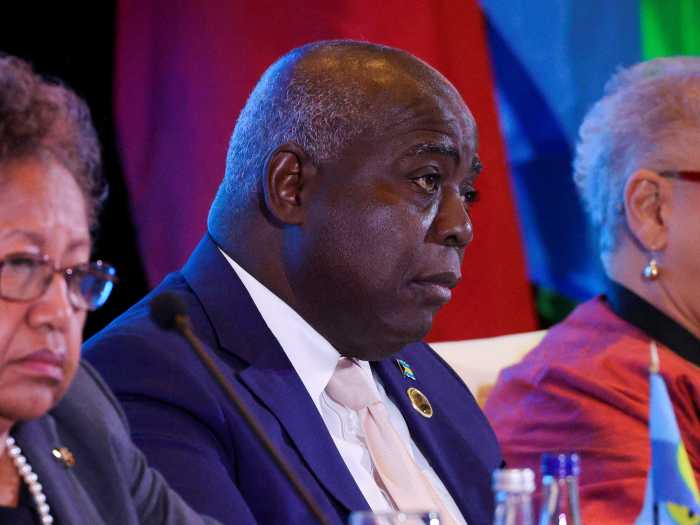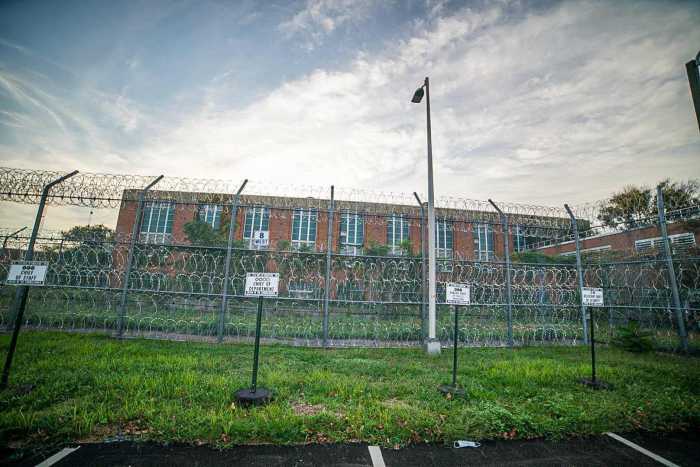Numerous films, as well as a successful Broadway musical, have adapted Victor Hugo’s epic novel “Les Misérables.” The story translates across borders and time frames. It was first filmed in Italy in 1913. An Egyptian version was made 30 years later. A Japanese adaptation was produced just last year. One might expect a new French film called “Les Misérables,” directed by Ladj Ly, to succeed Raymond Bernard (1934) and Claude Lelouch (1995) as the latest take on the novel from Hugo’s own territory, but it actually has no direct connection to it.
However, it tries to connect the injustices of his time to ours by using the same neighborhood, Montfermeil, where Hugo’s character Gavroche lives. Ly, who is Black, grew up there and describes it as “all but abandoned by the local government agencies… probably one of France’s worst ghettoes.” “Les Misérables” conveys stasis and repetition through its reference points. French “banlieue films” took a look at the lives of Arab and Black youth in the country’s neglected and impoverished suburbs in the ‘90s. Judging from “Les Misérables,” nothing much has improved since Mathieu Kassovitz made “La Haine” (whose final scene it quotes) in 1995. In fact, there was a riot in Montfermeil 10 years later.
The film starts off with images of Black children, but the narrative begins with straitlaced cop Stéphane (Damien Bonnard) getting in a police car with two veterans of the Les Bosquets housing project patrol. Chris (Alexis Manenti) and Gwada (Djebril Zonga) are both quick to abuse their power by harassing teenagers they suspect of smoking hash or by barging into a family’s apartment with no search warrant. They spend most of the day searching for a lion cub stolen from a circus, which seems like a theoretically harmless task. The early scenes of “Les Misérables” introduce us to the neighborhood’s businesses, gangs, and religious and political leaders. But when a boy gets shot in the eye by a cop and the whole scene is captured by another boy’s drone, the situation develops into something tenser and more dangerous.
“Les Misérables” has an odd effect of treating Black children and its trio of cops as equal sparring partners. But only the latter are developed as individual people. Chris and Gwada are jerks, but at least they have personalities. Two of the film’s many boys stand out: the kid with glasses who flies the drone, and the kid who gets shot. (The makeup artist did a great job; the deep purple bruises under his eyes are deeply haunting.) Elsewhere, the children are depicted as a collective. This effect is accentuated toward the film’s end, when they all dress in black and cover most of their faces. Ly doesn’t present the cops, especially Chris and Gwada, very sympathetically, but his film still encourages us to identify with their perspective on the neighborhood. (Stéphane is a very familiar figure: the well-intentioned, by-the-book cop shocked by his more corrupt colleagues and pressed into danger by them.) Rather than showing what it’s like to live there as a resident, the film’s narrative is structured around the cops’ daily rounds.
Most of Ly’s direction is rather plainspoken. The film is shot in broad daylight, with many exteriors. But the periodic recourse to drone shots gives us a bird’s-eye-view of Montfermeil. These kinds of images have become a cliché in documentaries, but “Les Misérables” uses them to comment on the potential for depictions of violence toward Black people committed by police to spark change. When the video of Rodney King’s beating become ubiquitous, many of us wondered how anyone could watch it and acquit the cops who did it. In this film, when a teenage girl is getting hassled by a cop, her friend pulls out her phone, with a promise of filming to follow. But the many cell phone images of police violence haven’t resulted in real change and have often been used by the media with zero sensitivity. Implicitly, “Les Misérables” wonders if its images of police brutality and the rebellion that follows it can accomplish any more.
Just as “La Haine” drew on Martin Scorsese and Spike Lee, Ly takes inspiration from Lee again (especially “Do the Right Thing”) and Antoine Fuqua’s “Training Day.” He tries to avoid clichés associated with this territory. For instance, there’s little hip-hop in the film, apart from a scene where the cops talk to an amateur rapper. But “Les Misérables” plays like a pilot for an “edgy” and “gritty” TV cop show. The last half hour goes further than such a show would, and the film closes with a confrontation designed to bring home the film’s link to a grim reality. It’s too bad that the results feel so compromised. I’m sure Ly, who has spent the past 20 years making documentaries, has the best intentions, but even the most urgent parts of “Les Misérables” play more like a badass genre vehicle than a cry from the barricades.
LES MISÉRABLES | Directed by Ladj Ly | In French with English subtitles | Amazon Studios | Opens Jan. 10 | Angelika Film Center, 18 Houston St. at Mercer St. | angelikafilmcenter.com/nyc


